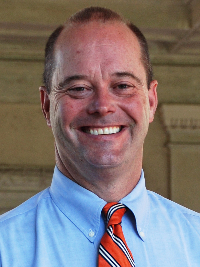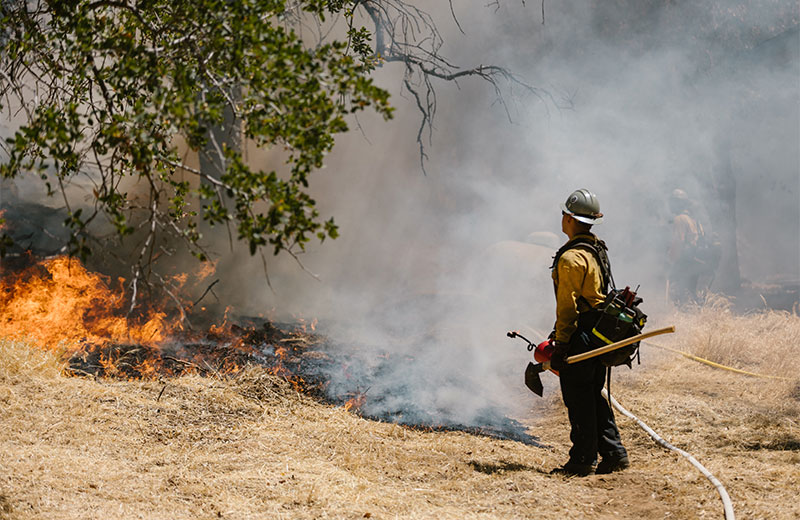The McKinney fire continues to wreak havoc near the California-Oregon border. Measuring over 55,000 acres and only 10% contained, the blaze has already killed four and has sent columns of smoke into the stratosphere. USC’s Bill Deverell, director of the Huntington-USC Institute on California and the West, comments on the danger posed by ever-strengthening fires on the West Coast.

“If the last handful of years have taught us anything about fire in the West, it is that we can no longer comfortably encapsulate wildland fire to “fire season.” It makes so much more sense to consider fire danger, indeed fire inevitability, within each of the twelve months of any given year.
“While this is in recognition of bigger, hotter fires, it is also a good thing for us all to think and talk more about fire. The more we engage with the history and presence of fire all around us, the more likely we are to make progress in our attempts to mitigate catastrophic wildfire. We are all in this together; the McKinney Fire, and others before it, show us that the effects of massive fire are not limited to this or that burnt up landscape.
“Fires of the size and heat we are now seeing with regularity have the ability to create their own weather which is, if not entirely new, an issue growing in impact and complexity. And big wildland or structural fires (whipping, for instance, through a suburb) throw all kinds of things into the atmosphere: smoke, of course, but other pollutants and particulates. Once high enough to move with the air and jet stream winds, these plumes can migrate across hundreds of miles and climb up and over mountain ranges. Downwind, all this smoke and ash threatens the life and lungs of people and animals who may have had no knowledge of a big fire so far away.”
Bill Deverell is professor of history, spatial sciences and environmental studies at the USC Dornsife College of Letters, Arts and Sciences. He leads a multidisciplinary project called The West on Fire.
